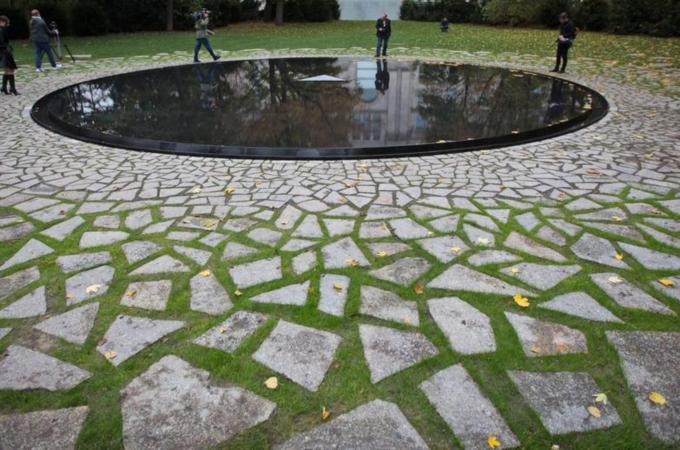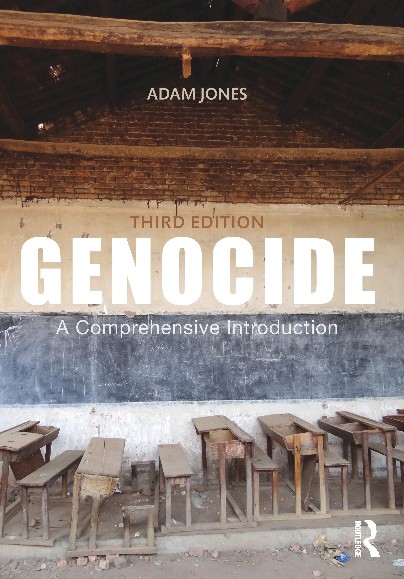Germany Unveils Roma Holocaust Memorial
Agency reports on AlJazeera.com, October 24, 2012
"German Chancellor Angela Merkel has opened a memorial in Berlin to the Roma victims of the Nazi Holocaust. Up to 500,000 Roma Gypsies were murdered by the Nazis during during World War II. Wednesday's unveiling comes after years of delays and disputes over the memorial's design and its cost. The long-delayed monument, consisting of a round pool of water and stele on which a single fresh flower will rest each day, sits opposite the Reichstag parliament building in central Berlin. Merkel stressed the crucial importance of living up to the crimes of history and providing a site to educate, to mourn the victims and to warn coming generations. 'Every generation must confront its own history afresh. That is why we must have appropriate places where that is possible where people can also go in the future when the survivors are no longer alive.' She was joined at the opening ceremony by German President Joachim Gauck and about 100 elderly survivors, as well as the leader of the Central Council of Sinti and Roma in Germany, Romani Rose, who heads a community of about 70,000. They observed a two-minute silence around the pool as the triangular plinth was raised from below the surface with a flower on it. The monument was designed by Israeli artist Dani Karavan and is located near two other memorials for victims of the Nazi years, a sprawling field of pillars for the six million murdered Jews and a smaller monument for gay victims.
'Auschwitz' by the Italian poet Santino Spinelli is engraved around the rim of the dark pool in English and German, recounting the suffering and sorrow inflicted on the Roma. In 1982, Germany officially recognised the genocide of the Roma and Sinti, a related people who live mostly in German-speaking areas of Central Europe. During the Nazi era, a systematic campaign of oppression took place against the Roma. In 1938 SS chief Heinrich Himmler ordered the 'final solution of the gypsy question'. Those caught in the sweep were confined to ghettos, deported to concentration camps and slaughtered. Many were subjected to grotesque medical experiments. The German government's decision to erect the monument dates from 1992, but its opening was held up by bitter rows over its design, cost and inscription. Some 11 million Roma live in Europe, seven million of them in the European Union, making them the continent's biggest ethnic minority. But they suffer from disproportionate poverty and rampant discrimination. The fall of the Berlin Wall in 1989 sent many fleeing southeastern Europe for the richer west and countries such as France and Italy have in recent years cracked down on illegal camps."
[n.b. This is the complete text of the dispatch.]
Wednesday, October 24, 2012
Subscribe to:
Post Comments (Atom)















No comments:
Post a Comment
Please be constructive in your comments. - AJ